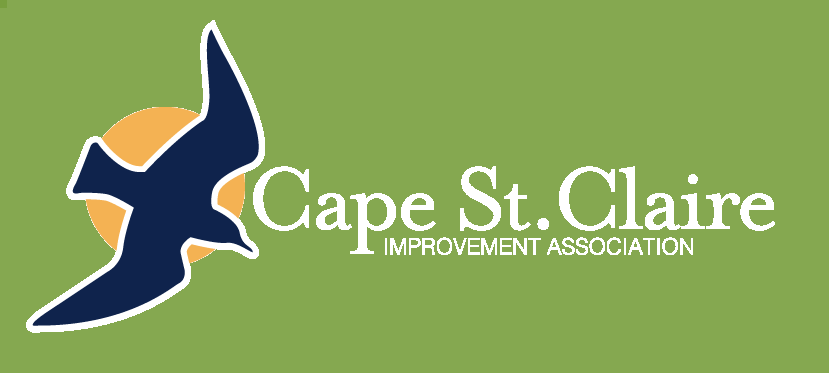Replacement Reserve Studies
Replacement Reserve Study
Replacement Study FAQ
What is Maryland’s Reserve and Reserve Study Law?
Why was the law enacted?
Maryland’s new Reserves and Reserve Study Law, HB-107, is intended to ensure that adequate Reserve Funding is available for capital repair and replacement projects when it is needed. This is done by funding the Reserve Fund annually. The law requires that the Recommended Annual Reserve Funding amount in the most recent Reserve Study be included in the Association’s annual budgets. The law also requires periodic updates, every 3-5 years, to the Reserve Study.
What is the purpose of a Capital Reserve Study?
- To provide the community association with an inventory of the common community facilities and infrastructure components that require periodic replacement.
- To provide a general view of the condition of these items and an effective financial plan to fund projected periodic replacements.
What information is included in a Reserve Study?
Cape St. Claire procured a Level 1 – Full-Service Reserve Study for its initial study. The study was completed by Miller-Dodson of Annapolis and includes the computation of complete component inventory information regarding commonly owned components provided by the Association, quantities derived from field measurements, and/or quantity takeoffs from to-scale engineering drawings. The condition of all components was ascertained from visual inspection of each component by an analyst. The remaining economic life and the value of the components are provided based on these observations and the funding status and funding plan are then derived from the analysis of this data.
What inventory items were identified in Cape St. Claire?
The initial Capital Reserve Study identified assets and inventory items with a total replacement cost of $2,307,386.
- Beaches & Parks*
Fences, well & well pumps, dog stations, Main Beach overlook
- Buildings
Clubhouse, sheds, maintenance garage, pumphouses, guard house, signboards, entry monuments, trash corrals, building systems (HVAC, etc.)
- Piers & Bulkheads
Deep Creek piers (big, small and bulkhead), Deep Creek and Lake Claire seawalls, Lake Claire and Little Magothy piers, Main Beach groins and cobble bar
- Equipment
Playground apparatus, vehicles (truck and tractor), power equipment (tools, etc.), office items, clubhouse appliances, benches and picnic tables, etc.
- Miscellaneous Items
Shoreline restoration, parking areas, signage, retaining walls, guardrails, lights and poles.
What is not included in CSCIA Reserve study and specifically excluded?
- Cape St. Claire Shopping Center
Buildings, parking lot, retaining walls.
- Cape St. Claire Swim Club
Building, pool, lot, fences, etc.
- Cape St. Claire Yacht Club
Kayak racks
- Cape St. Claire Youth Sailing
Sailing shed, sailboats, trailers
- Any item under $1,000
What funding level did the study prescribe?
Maryland law requires that the recommended annual reserve funding amount in the most recent Reserve Study be included in the Association’s annual budget. CSCIA’s Reserve Study contains two major categories of capital assets: CSCIA general and Piers. CSCIA general assets are common community assets that are enjoyed generally by the community as a whole or that support the general use thereof. “Piers” assets are those assets that are primarily enjoyed by slip leasers and in part by the community in general. The table below shows the recommended funding levels for each category.
|
CSCIA |
PIERS |
TOTAL |
|
|
FY24 |
$78,059 |
$38,850 |
$116,909 |
|
FY25 |
$82,742 |
$41,181 |
$123,923 |
|
FY26 |
$87.707 |
$43,652 |
$131,359 |
|
FY27 |
$92,969 |
$46,271 |
$139,240 |
How is the required contribution funded by the CSCIA?
All community members contribute to fully fund the CSCIA category of assets, but only fund a portion of the Piers category. The recommended funding level for the piers category is shared between current slip holders and the community in a 60/40 split with slip holders funding the majority share. The table below shows how the funding is accomplished through SCBD assessments and contributions from slip renters:
|
SCDB |
PIERS |
TOTAL |
|
|
FY24 |
$93,599.00 |
$23,310.00 |
$116,909.00 |
|
FY25 |
$99,214.40 |
$24,708.60 |
$123,923.00 |
|
FY26 |
$105167.80 |
$26191.20 |
$131,359.00 |
|
FY27 |
$111,477.40 |
$27,762.60 |
$139,240.00 |
When does funding begin?
We are currently in the FY24 budget. Existing FY24 funds will be used to make the initial contribution to the reserve account. FY25’s contribution will be funded through SCBD revenue and slip rental income. The FY25 recommended budget as presented at the October 2023 Membership Meeting assesses an additional $45 per tax account and additional $45 per rental contract to meet funding requirements.
Revised: 11-29-2023
